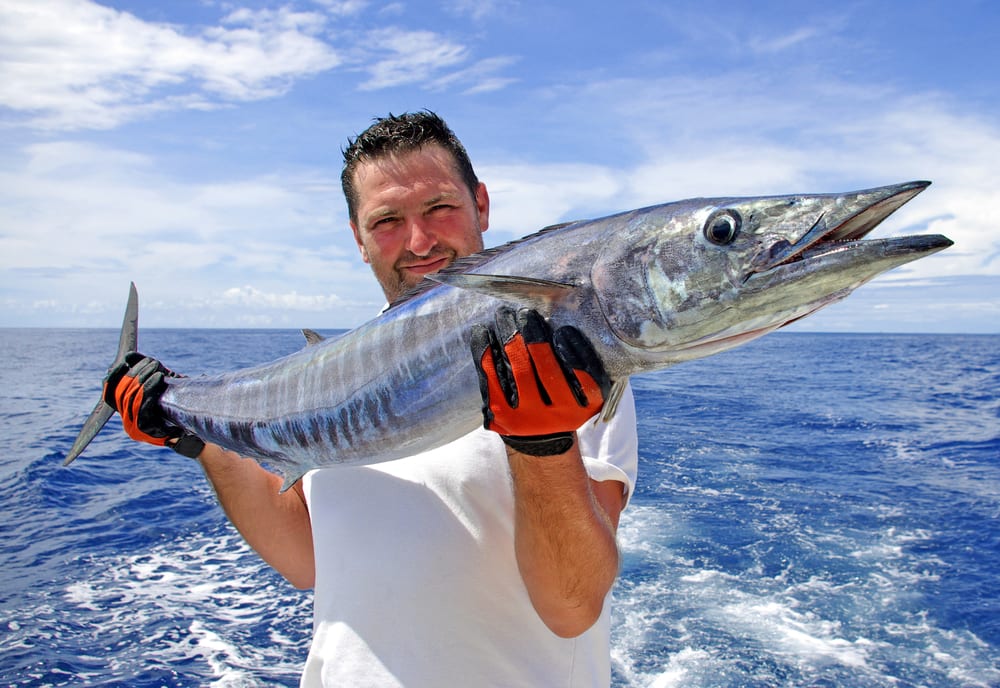
Calm creeks, grass-lined marshes, and tailing reds at sunrise—welcome to the quieter side of Myrtle Beach fishing. If you want steady action, lighter tackle, and kid-friendly conditions, an inshore Myrtle Beach fishing charter is your ticket. Here’s everything you need to know to pick the right trip, target the right species, and make memories without heading miles offshore.
Why Choose an Inshore Charter in Myrtle Beach?
Gentler Seas: Protected waterways and nearshore reefs mean minimal swell—perfect for families and first-timers.
Shorter Runs, More Fishing: Spend less time riding and more time casting.
Year-Round Action: Something’s always biting—red drum, trout, flounder, sheepshead, black drum, and more.
Hands-On Angling: Sight-casting, jigging, popping corks—techniques that keep anglers engaged.
Prime Inshore & Nearshore Species
Red Drum (Redfish): The Lowcountry icon. Sight-fish in skinny water or work docks and oysters.
Speckled Trout: Aggressive strikes on soft plastics and live shrimp under popping corks.
Flounder: Ambush predators—slow roll jigs along the bottom or drift live finger mullet.
Sheepshead: Fiddler-crab munchers with razor teeth—great table fare, tricky hook-sets.
Black Drum & Croaker: Hard-fighting and perfect for beginners.
Spanish Mackerel & Bluefish (Nearshore): Fast-moving schools just outside the jetties in warmer months.
Best Seasons for Inshore Myrtle Beach Fishing
Spring (March–May): Redfish school on warmer flats; trout emerge; Spanish macks show nearshore.
Summer (June–August): Early morning and dusk beats the heat; flounder and sheepshead peak.
Fall (September–November): Speckled trout frenzy; bull reds smash baits around inlets and jetties.
Winter (December–February): Clear water, spooky reds—light-tackle sight-fishing heaven on sunny days.
How to Choose Among Myrtle Beach Fishing Charters (Inshore Edition)
Boat Style: 18–24 ft bay boats or skiffs with shallow draft let you access skinny water.
Group Size: Most inshore boats take 2–4 anglers comfortably—ask about max capacity.
Target Species & Techniques: Tell the captain your wishlist (fly fishing? artificials only? kid-friendly bait?)
Trip Length & Timing: 4-hour half days are standard; dawn trips often produce best bites.
Licensing & Insurance: Ensure your captain is USCG licensed; most trips include fishing licenses.
Reviews & Communication: Look for recent catches and responsive messaging.
What to Bring for an Inshore Charter
- Lightweight, breathable clothing; a windbreaker for mornings
- Polarized sunglasses to spot fish and protect eyes
- Sunscreen, hat, buff
- Small cooler (leave in car) for fillets
- Camera/phone with waterproof case
- Snacks and drinks (check policies—some boats supply water)
- Motion-sickness pills if you’re sensitive (even calm waters can rock)
Kid- and Beginner-Friendly Tips
Shorter Trips Win: 3–4 hours keeps attention high.
Simple Rigs: Popping cork + shrimp = instant action and easy hook-sets.
Celebrate Every Catch: Pinfish and croaker are perfect confidence builders.
Safety First: Life jackets for little ones; listen to the captain’s rules.
Sample Half-Day Inshore Itinerary
Meet at the Ramp (6:45 a.m.) – Quick safety chat, stow gear.
First Spot (7:15 a.m.) – Work oyster rakes for redfish on live shrimp.
Move with the Tide (8:30 a.m.) – Drift creek mouths for trout and flounder.
Bonus Stop (9:45 a.m.) – Pitch fiddlers to dock pilings for sheepshead.
Back at Dock (11:00 a.m.) – Clean fish, grab lunch at a “cook your catch” restaurant.
Conservation Counts
Responsible Myrtle Beach fishing means:
Following size/bag limits (e.g., red drum slot limits).
Handling fish with wet hands and quick releases for non-keepers.
Using circle hooks with live bait to minimize gut hooks.
FAQ: Inshore Fishing Charter Myrtle Beach
How much does it cost?Half-day trips typically range $400–$650 depending on group size and season.
Do I need my own gear?No—rods, reels, tackle, and bait are usually included.
Can we keep fish?Yes, within state limits. Captains often fillet your catch dockside.
What if it rains?Light rain usually isn’t a deal-breaker. Thunderstorms or high winds may postpone for safety.
